Big cats, such as lions, tigers, and leopards, are often associated with their prowess, strength, and ferocity. However, these majestic creatures have more subtle ways of establishing dominance that do not always involve physical confrontations. Understanding the nuanced ways in which big cats assert their dominance provides insight into their complex social structures and behaviors. This article explores the fascinating methods big cats use to assert themselves without resorting to combat.
Understanding the Social Dynamics of Big Cats

In the wild, many big cat species operate within a complex social hierarchy. While some like lions are highly social, others, like tigers, are more solitary. Understanding the social dynamics is crucial as it influences how these animals establish dominance. In group settings, like pride for lions, there’s often a clear leader. For solitary cats, dominance happens over territory rather than social order.
Vocalizations and Roars

Vocal communication is a primary form of non-physical assertion among big cats. A lion’s roar can be heard from miles away and signifies its presence and strength. This auditory display helps establish territory and deter potential intruders, conveying messages without the need for confrontation. Similarly, tigers use their distinct roars to communicate their dominance across vast territories.
Scent Marking
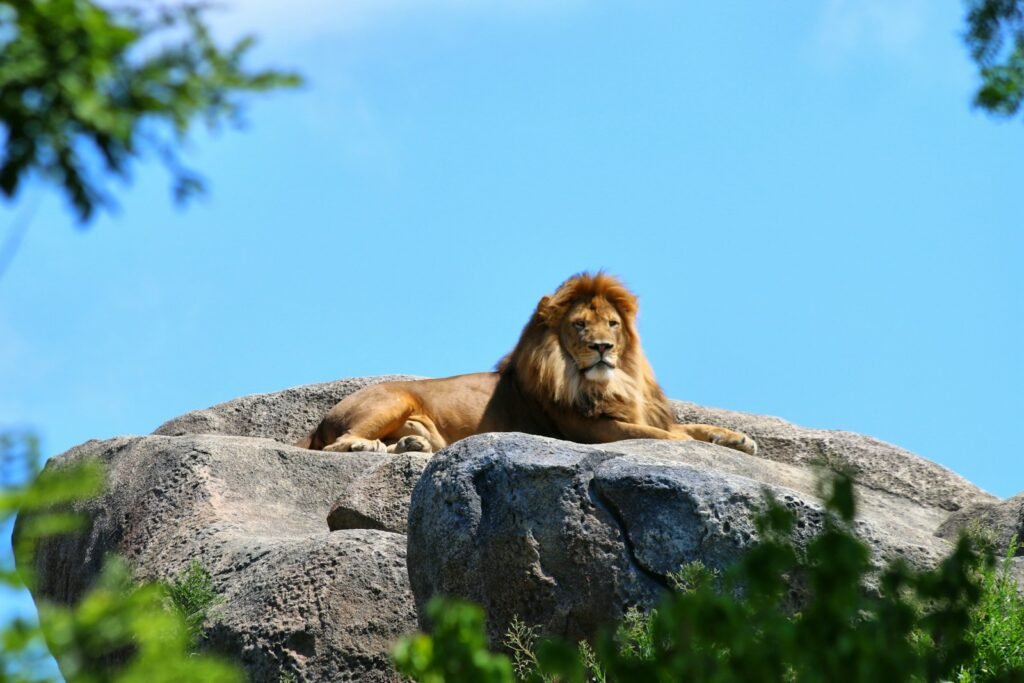
Big cats utilize scent marking as a way to establish dominance over a particular area. By depositing their scent through urine, gland secretions, or feces, they signal ownership and status to others. This olfactory method serves as a deterrent, signifying that an area is claimed and warning other cats to keep their distance.
Physical Displays and Posturing
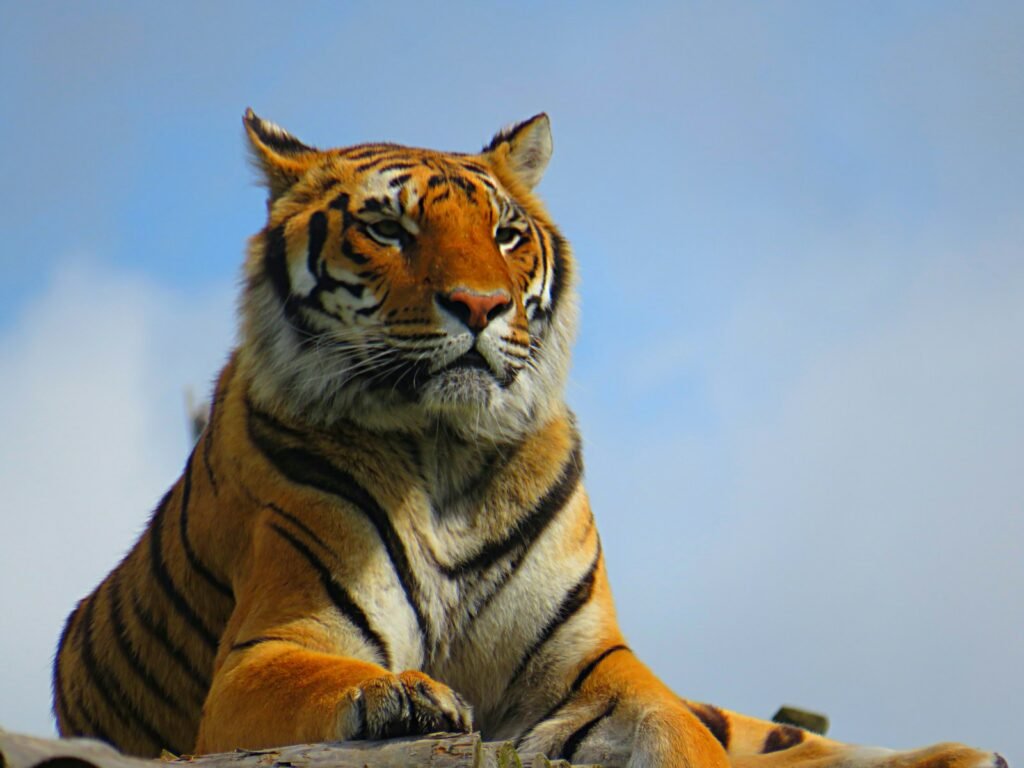
Though these displays might stop short of full-blown fights, physical posturing is a common way for big cats to communicate dominance. A male lion might puff up its mane or stand taller to appear larger and more intimidating. Tigers and leopards might arch their backs and showcase their size to assert superiority without engaging directly in combat.
Body Language and Facial Expressions
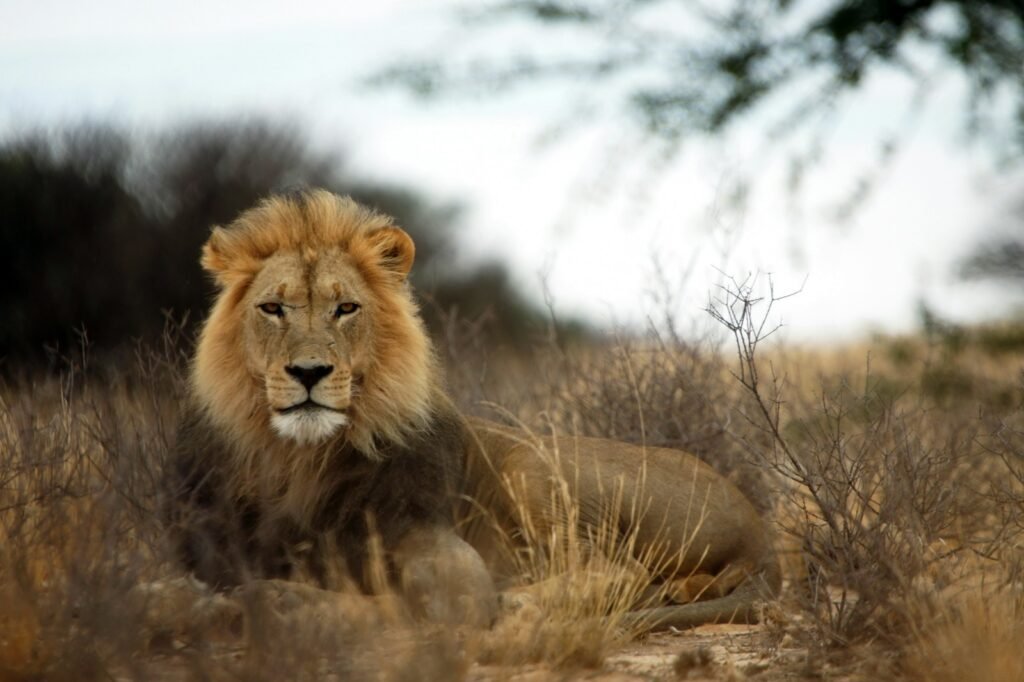
Big cats are adept at using body language to signal their intentions and status. Tail positions, ear movements, and specific facial expressions convey different messages. A direct stare might be used to intimidate a rival, while submissive signals like lowering the head can prevent a confrontation. Observing these subtleties helps them maintain hierarchies without unnecessary aggression.
Territorial Patrols
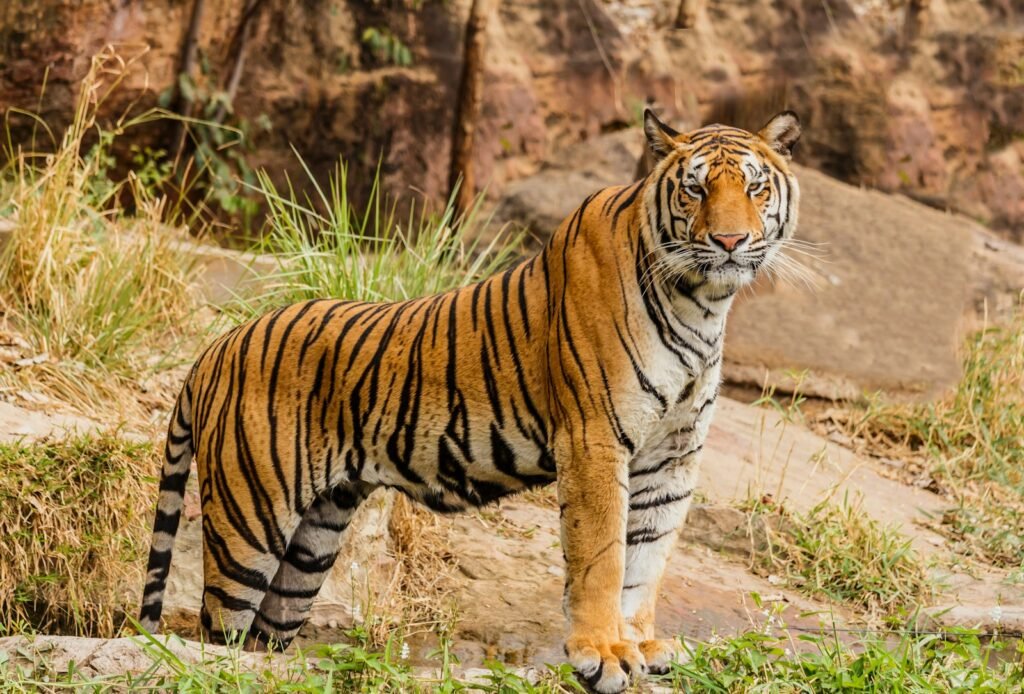
Regular patrolling of territorial boundaries is a non-confrontational way big cats maintain dominance. By continually marking and patrolling their territories, they ensure that any intrusions by other cats are met with resistance through indirect means. This vigilance helps prevent boundary disputes from escalating into physical conflicts.
Hierarchical Structures
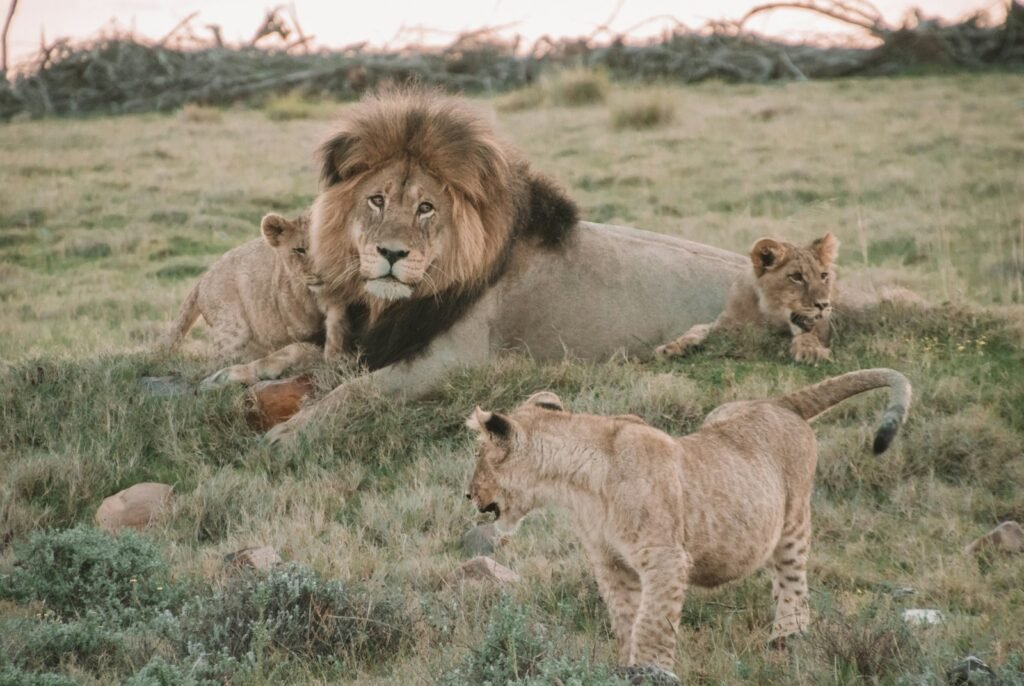
In species that are social, like lions, clear hierarchical structures minimize the need for frequent fighting. Within a pride, roles are well-defined; for instance, the alpha male leads and protects, while subordinate members defer to his authority. This structure supports cooperative living and maintains order with minimal conflict.
Vocal Mimicry and Calls
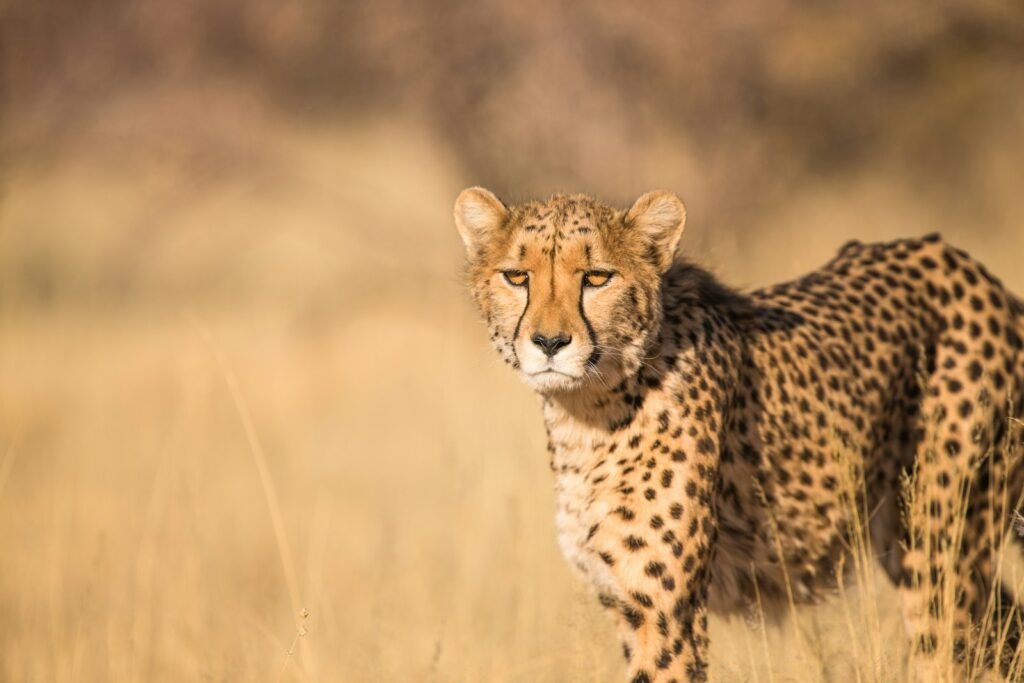
Cheetahs, while less confrontational, use unique vocalizations to assert their presence. They do not roar like lions or tigers but use complex chirps, purrs, and growls to communicate dominance or territory boundaries, allowing them to coexist with other felines in overlapping ranges without actual conflict.
Resource Acquisition and Control
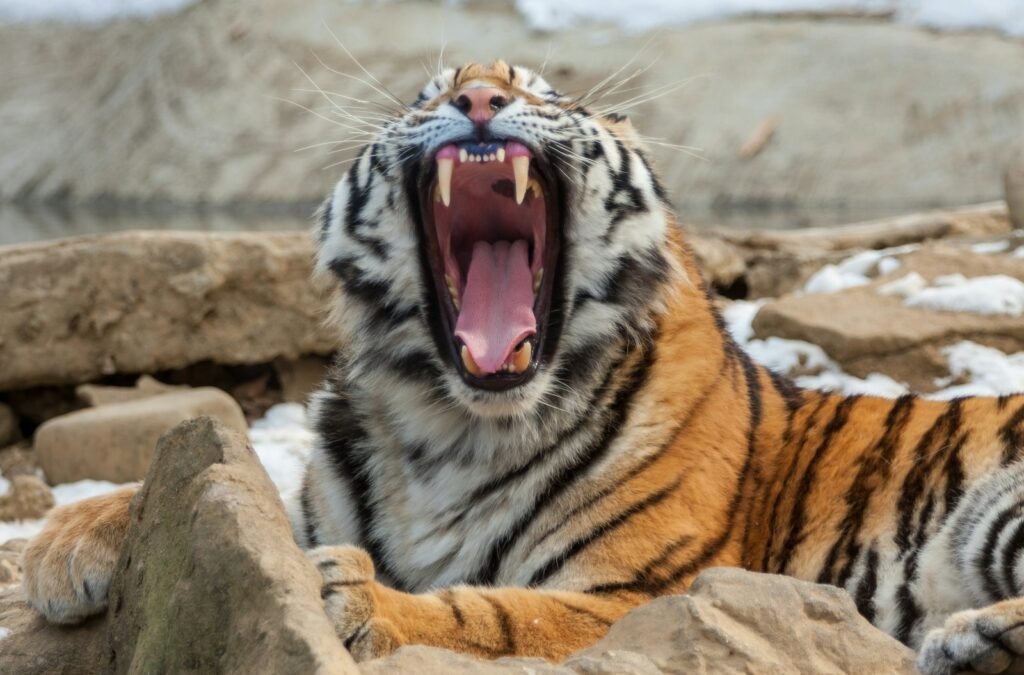
Dominant big cats often control the access to resources such as food and water. By positioning themselves strategically around these vital resources, they convey their dominant status to others. This indirect control helps assert authority without the need for continuous physical struggles over resources.
Grooming and Social Interactions

In a pride, grooming is not only a social activity but also a mechanism of reinforcing bonds and dominance. A dominant lion might groom or interact with others in a way that establishes and reminds the hierarchy within the group, ensuring everyone knows their place and minimizing disputes.
Alliance Formations
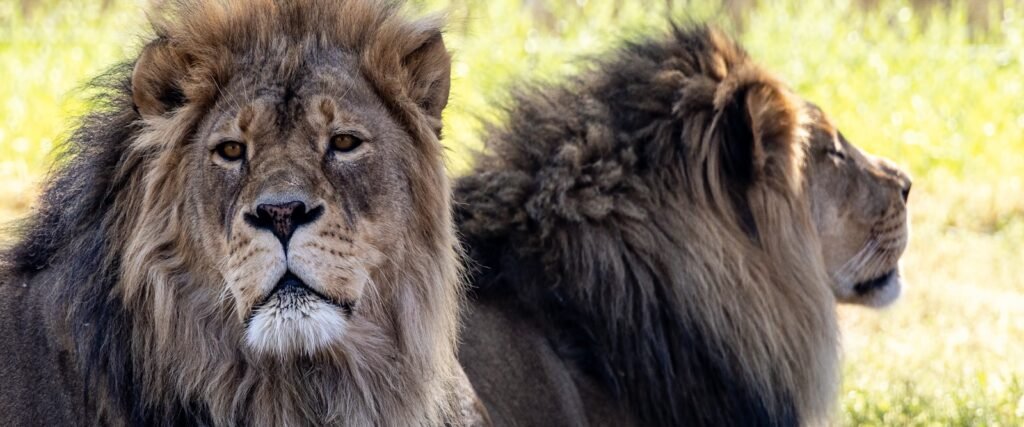
Some big cats form alliances to strengthen their standing. Coalition-building among male lions, for instance, is a strategy to take over or defend a pride from rivals. These alliances indirectly enhance their dominant status without necessitating violent confrontations.
Visual Signals and Eye Contact
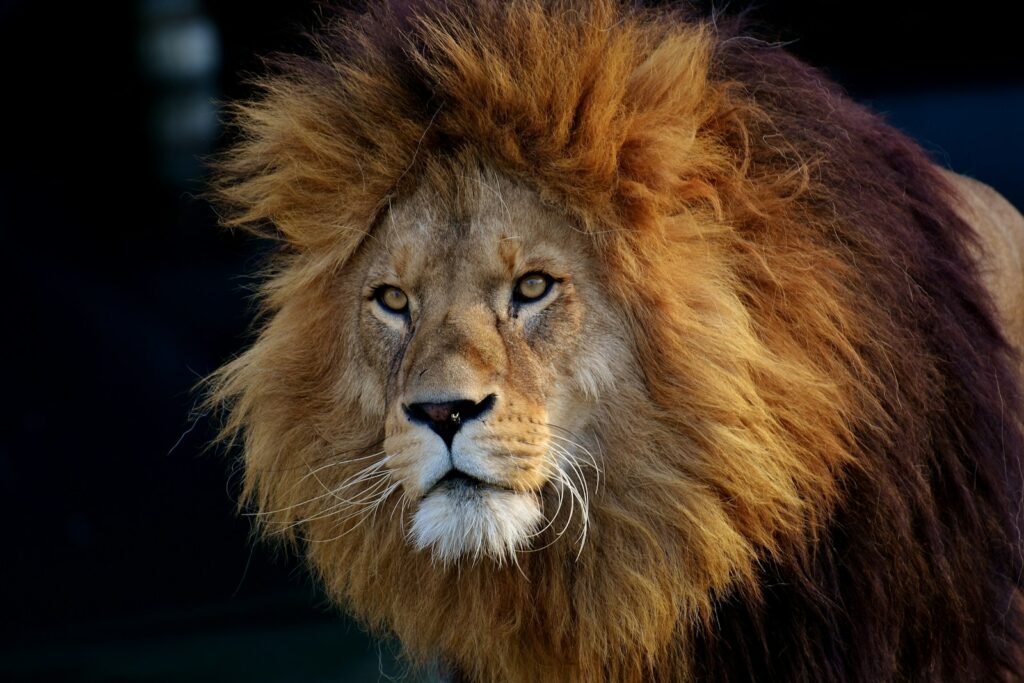
Direct eye contact is another subtle tool in the communication arsenal of big cats. They utilize eye contact and intense stares to challenge and assert dominance over rivals. A direct stare can often be enough to communicate intent and seriousness without a struggle.
Non-verbal Cues and Movements

The movement and the speed of approach of a big cat can be an indirect way to assert dominance. Confident, deliberate movements often signal strength and self-assuredness, providing enough caution to rivals without sparking a fight.
Cub Rearing Practices
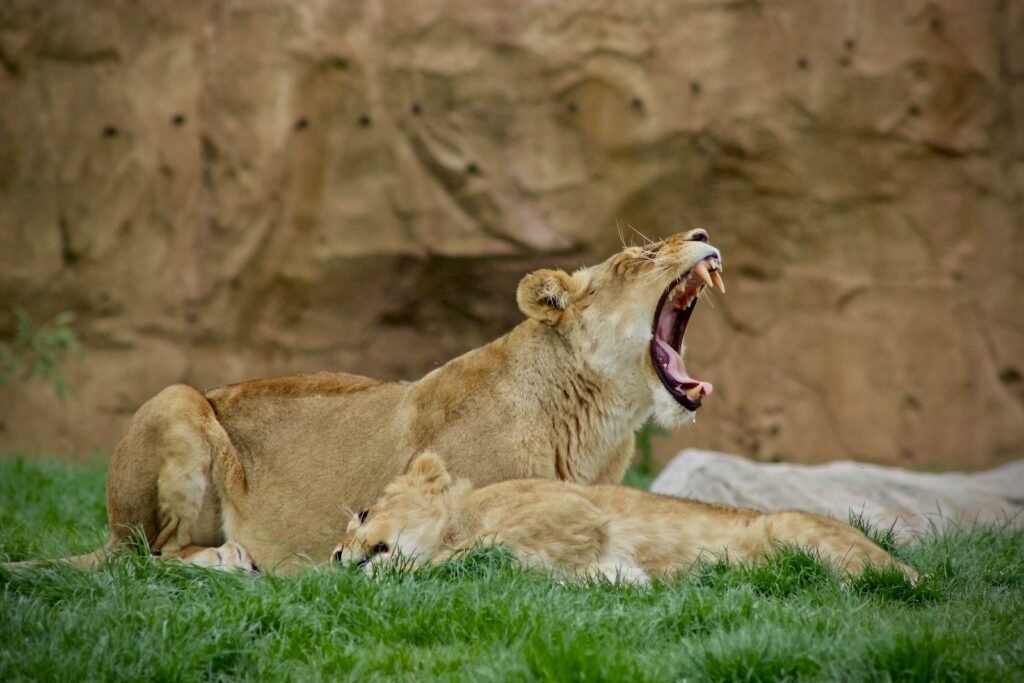
Dominant cats often foster their cubs to understand their role within a pride or territory. Through observation and participation in pride dynamics, young cats learn the hierarchy, which minimizes confrontational behavior when they mature.
Displacement Behaviors
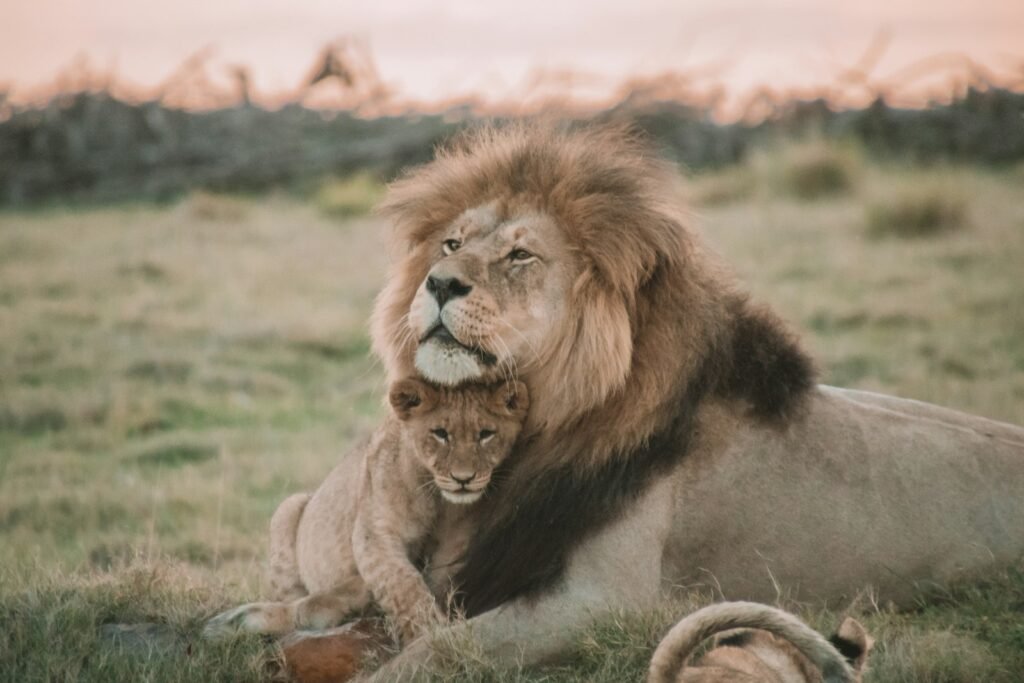
Sometimes big cats will engage in displacement behaviors such as excessive grooming themselves when faced with a confrontation they want to avoid. This behavior has the effect of calming the cat’s nerves and redirecting potential aggression from a rival.
## Conclusion
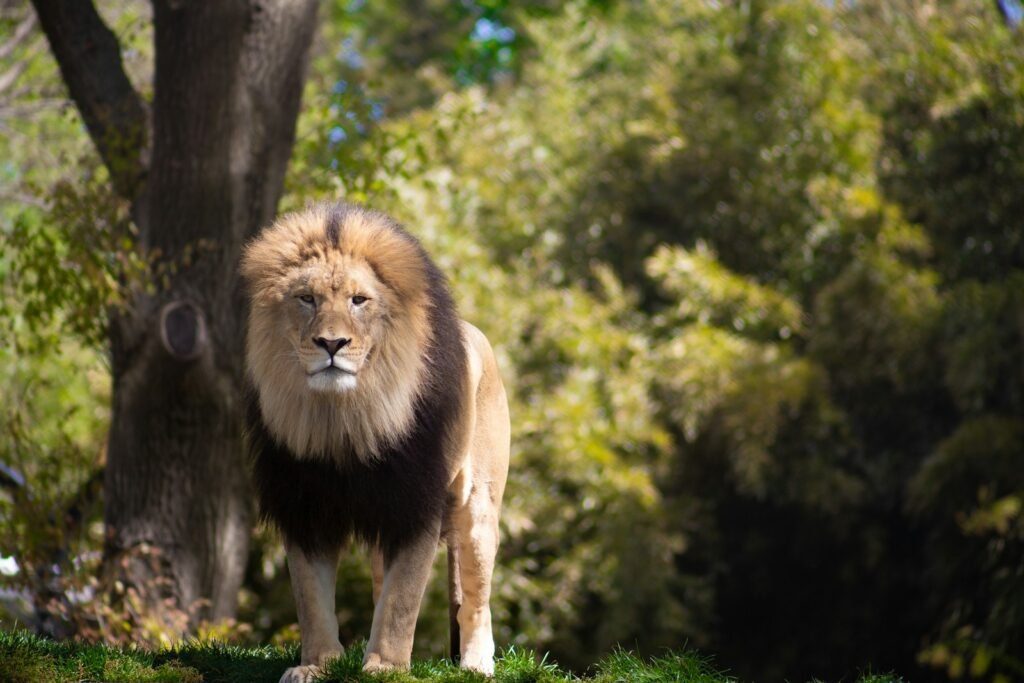
The ways in which big cats establish dominance showcase a blend of instinct, intelligence, and behavioral adaptation. While popular image often dwells on their physicality and aggressiveness, the nuanced strategies they employ highlight their capacity for less visible ways of asserting control. By using communication methods such as vocalizations, scent marking, and physical postures, these magnificent animals maintain order and articulate their boundaries effectively. Understanding these subtle yet powerful methods allows us to appreciate the complexity and elegance of the big cat kingdom.
Hi, I’m Bola, a passionate writer and creative strategist with a knack for crafting compelling content that educates, inspires, and connects. Over the years, I’ve honed my skills across various writing fields, including content creation, copywriting, online course development, and video scriptwriting.
When I’m not at my desk, you’ll find me exploring new ideas, reading books, or brainstorming creative ways to solve challenges. I believe that words have the power to transform, and I’m here to help you leverage that power for success.
Thanks for stopping by, Keep coming to this website to checkout new articles form me. You’d always love it!






